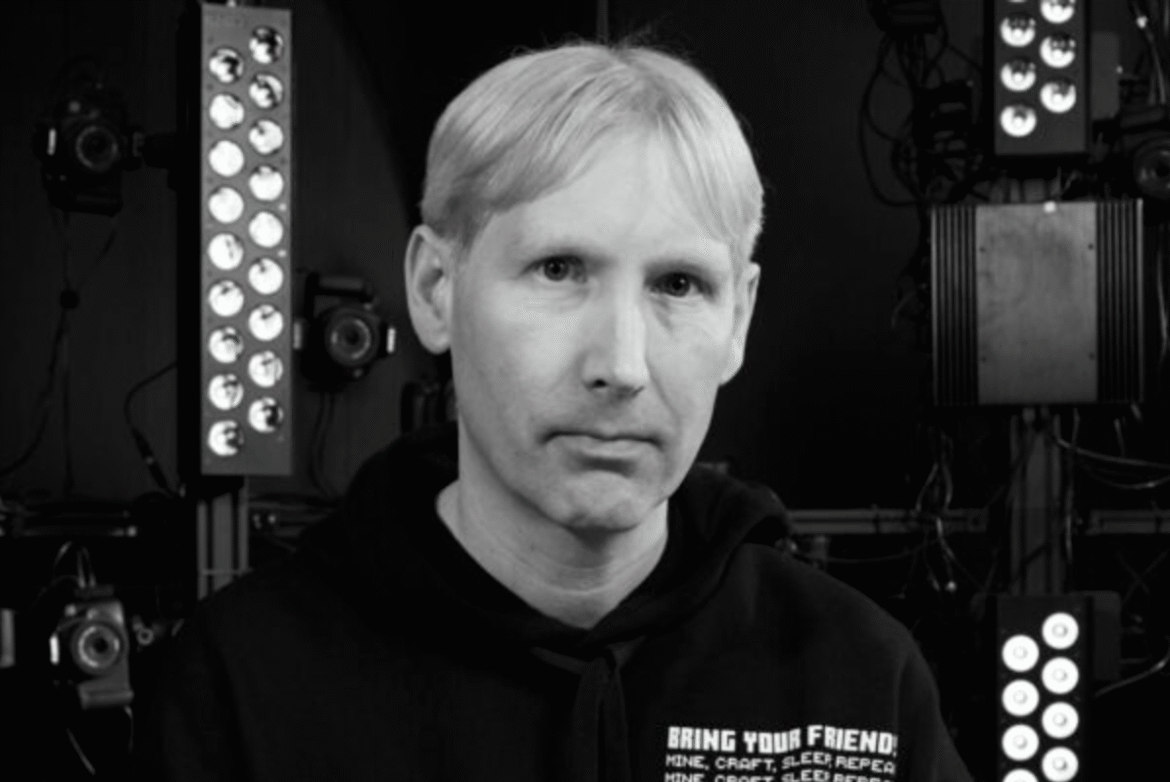The Center for Data Innovation recently spoke with Matthew Drinkwater, director of the Fashion Innovation Agency (FIA), a center in the London College of Fashion, a public art university, that is using AI to change the way that fashion brands and retailers make, show, and sell their collections. Drinkwater discussed how the agency connects fashion companies with top tech developers to unlock new opportunities through AI and augmented reality (AR) and virtual reality (VR) fashion shows.
David Kertai: How does the Fashion Innovation Agency use emerging technologies in fashion?
Matthew Drinkwater: At the Fashion Innovation Agency (FIA), our mission is to explore how emerging technologies, whatever they may be, can shape the future of fashion and retail. We build proof-of-concept projects to show the industry what’s possible and help accelerate adoption. We then bring that knowledge back into the university to educate students and prepare them to work with these tools across all areas of the industry.
We look three to five years ahead to identify trends in both hardware and software. Since we operate within an academic setting and aren’t selling a product, we can take a neutral, exploratory approach. Ultimately, we aim to understand how technology will transform not just how fashion is designed and showcased, but also how it’s consumed.
Kertai: How are you using AI and machine learning to understand consumers and forecast trends?
Drinkwater: We started working with AI in late 2019. I had a few friends at MIT doing cutting-edge work with generative AI and adversarial networks, and we teamed up to train a system to design its own dresses using large datasets. Back then, we could only conduct limited data analysis of fashion industry trends, but this early project inspired us to launch an AI course focused on data analysis, trend forecasting, and its applications in retail.
As AI modules have advanced in their analytical capabilities, we’ve evolved our approach over time. As a creative institution, much of our focus has been on using AI to rethink how fashion is communicated, through sketching, design, and photography. We want to show how AI can support and enhance creativity, not replace it. By giving students and industry professionals hands-on experience, we help demystify the technology and reduce fear around its use.
Kertai: How are AR and VR changing the fashion show experience?
Drinkwater: We’ve created several projects where users step into virtual environments to explore fashion in new and imaginative ways. When designers work in VR, they aren’t limited by the constraints of the physical world, this opens up entirely new creative possibilities. The key challenge is recreating the emotion and excitement of a physical fashion show in a virtual setting. It’s not about copying what happens on a runway, but about delivering the same emotional connection in digital formats that people can access from anywhere. Adoption of these tools varies. While users are often hesitant about putting on and using a VR headset, many are much more willing to use AR technology on their smartphones because it feels more familiar. As these technologies continue to evolve, we expect their role in fashion to grow significantly.
Kertai: How do you approach inclusivity and representation in AI-generated fashion?
Drinkwater: The datasets we use to train AI reflect how the fashion industry has historically portrayed the world, including its shortcomings in diversity and inclusion. So when we create AI-generated content, we carefully consider both the data and the message behind each project.
This also raises bigger questions: Who decides what the world should look like? Whose viewpoint gets represented?
We talk a lot about the fashion industry’s desire to be more inclusive and diverse. If we want AI to reflect those values, we need to feed it images and ideas that align with that vision. AI is essentially a mirror, it reflects what we give it. So the responsibility falls on all of us in the industry to be deliberate in how we use these tools to shape a more representative future.
Kertai: What evolving role do you see advanced technologies like AI playing in fashion, and how do you see your agency contributing?
Drinkwater: FIA serves as a bridge between fashion and technology. Our team deeply understands both sectors, which allows us to help them communicate and collaborate more effectively. That’s crucial, because fashion and tech often approach problems and speak very differently about issues.
Right now, we’re at a pivotal moment. Emerging technologies are transforming every part of the fashion process, from creation to communication to consumption. These tools challenge traditional methods, but they also unlock entirely new ways of working. Our role is to guide the industry through this transformation. We help designers and companies navigate change, spot opportunities, and adopt tools that will shape a more innovative and inclusive future. Ultimately, we want to help rewire the industry in a more forward-thinking, positive direction.

